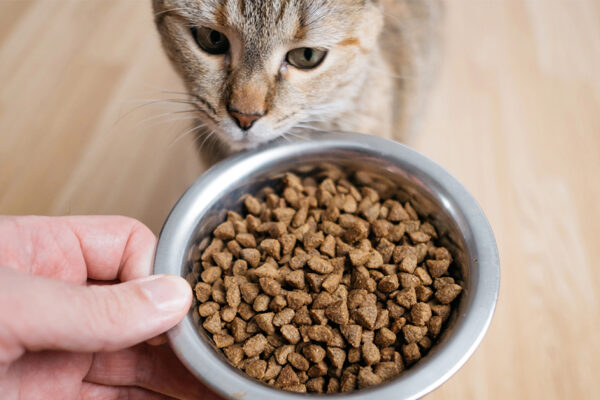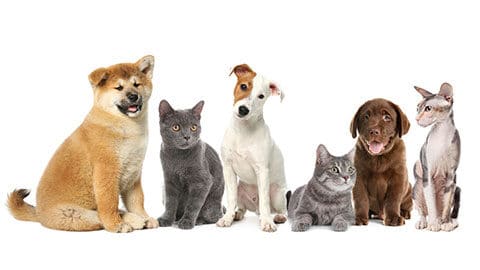
One of my most beloved friends, Dr. Elizabeth Hodgkins, has spent her career speaking out about something the pet food industry doesn’t want cat owners to think too hard about: carbohydrates in cat food.
Cats are obligate carnivores—their bodies are designed to thrive on protein and moisture, not starches or sugars. And yet the majority of cats in America are fed nothing but dry food, what Dr. Hodgkins and I call “kitty krack.”
Why that name? Because cats adore dry food, they get hooked on it, and yet it’s one of the least healthy diets you could give them. Extruded kibble is highly processed, packed with starches, and can lead to obesity and diabetes in our beloved cats.
👉 Listen to the full Dog Talk episode here:
Kitty Krack and the Lies About Carbs in Cat Food
👉 Or watch the conversation on YouTube:
Kitty Krack and the Lies About Carbs in Cat Food
Old Misleading "Science" About a Healthy Cat Diet Trotted Out as News
In our conversation, Dr. Hodgkins and I share our frustrations about the recent positive messaging put out in the pet industry about cats and dry food - justifying giving kibble to cats by referencing an old poorly designed study from 8 years ago that claimed carbs “aren’t so bad” for cats. Two problems: the study was not based on good science in 2017, and it certainly isn't reliable now. The other problem? That study was funded by the pet food industry!
Veterinarians—busy, overworked, and trusting reps who show up with “science”—are often handed this kind of research and told it’s proof. But as Dr. Hodgkins points out, not everything that calls itself science is good science.
Just as it took decades for people to accept the dangers of cigarettes or drunk driving, it’s taking far too long for us to change the conversation about carbs and cats.
What Happens to Cats on Carbs
The cat’s pancreas is not built to handle carbohydrates the way ours (or a dog’s) is. Over time, the sugar load from dry food stresses the pancreas and can tip a cat into diabetes.
The good news? Switching to wet food can change everything. Dr. Hodgkins has seen countless diabetic cats go into remission simply by moving off dry food and onto a high-protein, low-carb canned diet.
And here’s the kicker:
“The worst canned food is better than the best dry kibble,” Dr. Hodgkins says.
Why? Because canned food isn’t extruded and doesn’t have the processed carb content that makes kibble so harmful.
Pay Now—or Pay Later
Prescription “diabetic” dry foods are one of the most frustrating ironies of the pet food world. They’re expensive, carb-heavy, and keep cats sick. As Dr. Hodgkins says: “You can pay now—or pay later.”
Investing in better food upfront means fewer vet bills, a healthier cat, and more happy years together.
🐾 Key Takeaways
- Cats are obligate carnivores and cannot process carbohydrates like humans or dogs can.
- Dry food (“kitty krack”) is addictive and harmful—even the cheapest canned food is healthier.
- Many diabetic cats can go into remission simply by switching to a low-carb, high-protein wet diet.
- Industry-funded studies often downplay the dangers of carbs in cats—don’t be fooled.
- Paying for quality food now can save your cat’s life (and your wallet) later.
👉 Listen to the full Dog Talk episode here:
Kitty Krack and the Lies About Carbs in Cat Food
👉 Or watch the conversation on YouTube:
Kitty Krack and the Lies About Carbs in Cat Food

